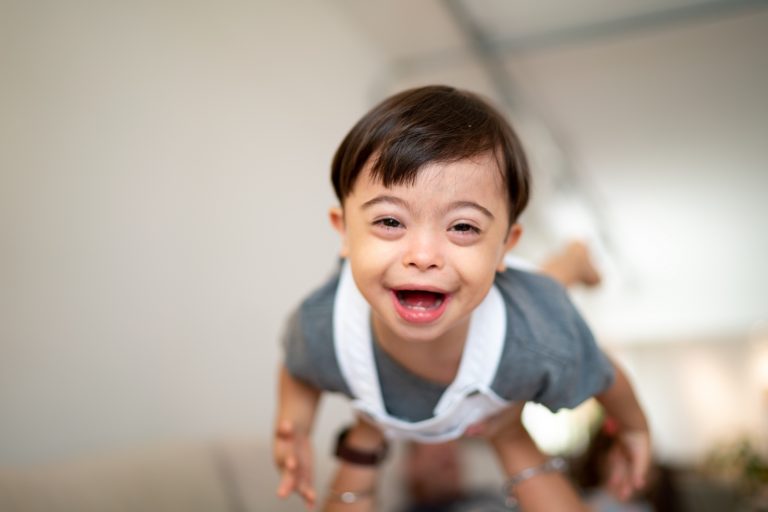
A computer-based facial analysis tool and 3D image database could help children with genetic conditions to get a quicker and more accurate diagnosis, shows joint U.S. and Canadian research.
Many genetic conditions are rare and an accurate diagnosis can take a long time. Despite significant genetic advances over the last 20 years, people in many countries have limited access to medical genetic testing and simpler and more efficient tools are needed to aid clinical diagnosis for these children.
“Families tell us having a diagnosis for their child’s rare disease is life-changing,” said Benedikt Hallgrímsson, Ph.D., a professor at the University of Calgary and one of the lead researchers on the study. “A diagnosis is essential to children getting the right treatments and connecting with other children and families with the same syndrome.”
Clinical geneticists often use physical features such as facial characteristics to help narrow down a diagnosis for children suspected of having a genetic disease or syndrome. There are more than 7000 known rare genetic syndromes in humans and up to 40% of these include specific facial features that can aid diagnosis.
Using this premise as a starting point, Hallgrímsson and colleagues first produced a secure library of 3D facial images from 3327 people with 396 different genetic conditions and 727 of their unaffected relatives, as well as 3003 control participants without a genetic condition. The people selected to be photographed for the library, which is hosted by NIH consortium FaceBase, were from a wide range of ethnicities and ages.
The second step in the research, which was published in the journal Genetics in Medicine, involved using the database to train a machine learning algorithm to identify genetic syndromes based on facial characteristics.
The team, which also included researchers from the University of Colorado and the University of California, San Francisco, found that the algorithm was able to correctly identify 73% of people included in the database as either having a genetic condition, or being in the unrelated, unaffected control group. The sensitivity of the algorithm to correctly identify people with a genetic syndrome based on the images was 49%.
Perhaps unsurprisingly, the algorithm was more accurate at predicting the presence of syndromes that had more obvious facial characteristics. Interestingly, the team noted that unaffected relatives were often classified by the algorithm as having the same condition as their family members.
The researchers hope that their tool can help triage children with rare genetic conditions more quickly and easily. For example, the digital nature of the tool could allow an initial assessment to be made at a distance if the family lives a long way from a specialist clinic. It could also allow non-specialist clinicians such as those working in primary care to refer patients to specialists if the tool picked up a possible syndrome.
Ophir Klein, MD, Ph.D., a professor at UCSF, and corresponding author on the study explained: “Some clinics have a two-year waiting list to get in. Using 3D imaging could dramatically enhance clinicians’ ability to diagnose children more quickly and inexpensively.”
Although this work is promising, the team emphasises that it is still in its early stages and the tool is currently just a prototype. The images on the library were taken with specialist 3D cameras, but there have been big advances in this area in recent years that mean taking clinically accurate 3D images with a smart phone may soon be possible.
Facial imaging to aid genetic disease identification is not a new concept. The tech company FDNA, based in Boston, US, developed a platform called Face2Gene in 2014 that uses deep-learning algorithms to identify facial features linked with rare genetic conditions, although its technology does not use 3D imaging. It is already in use by many clinical geneticists around the world.
The 3D aspect of the current work is important. “Three-dimensional facial images contain more shape information than corresponding 2D images,” explain the authors.
“Further, 3D photogrammetry is not affected by focal depth, which can produce significant distortion of apparent morphology in 2D images.”






![AI Algorithm Could Reduce Breast Cancer Mammogram False Positive Rate The primary goal of the Paradigm Registry is to accelerate tumor profiling based on disease biology. [iStock/LilliDay]](https://www.insideprecisionmedicine.com/wp-content/uploads/2019/01/307-218x150.jpeg)






